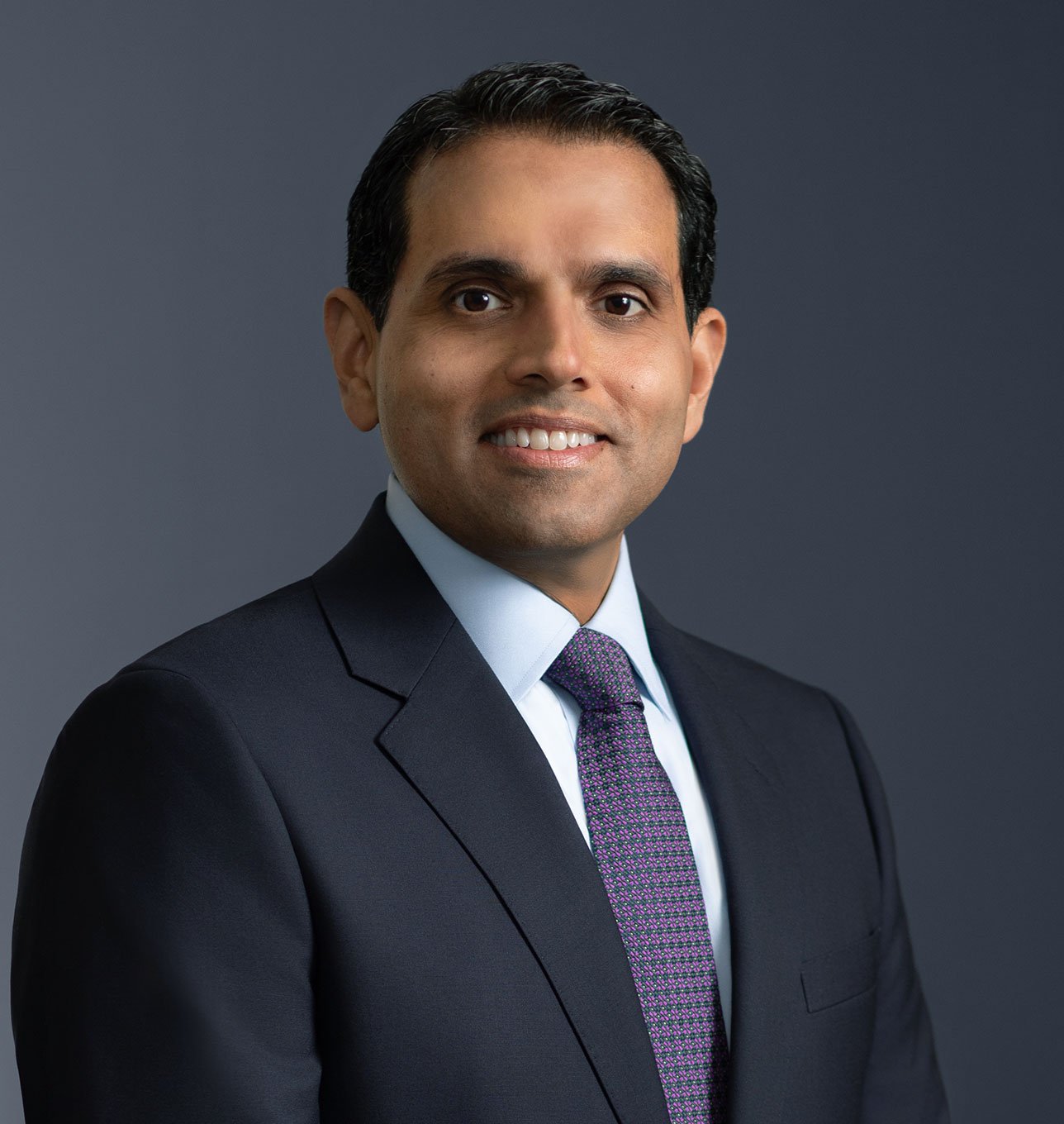US NAIC Fall 2022 National Meeting Highlights: Joint Meeting of the Financial Stability (E) Task Force and the Macroprudential (E) Working Group
At the Fall 2022 US National Meeting of the National Association of Insurance Commissioners (“NAIC”), the Joint Meeting of the Financial Stability (E) Task Force and the Macroprudential (E) Working Group (the “Joint Group”) met on December 13. The Joint Group considered several topics and heard several updates. Below are highlights from the meeting:
- Adoption of the 2022 Liquidity Stress Testing Framework: The Joint Group adopted the 2022 Liquidity Stress Framework, which will be geared toward large life insurers with an aim of capturing the outward impacts on the broader financial markets of aggregate asset sales under liquidity stress. The framework employs a company cash flow projection approach incorporating liquidity sources and uses, considers various time horizons under a baseline assumption, and addresses a number of stress scenarios.1 The available assets are then recorded by asset category. The framework then calls for identification of expected asset sales by category, or other funding as allowed in the stress test, to cure any cash flow deficits under the stress scenarios. The stress tests are to be performed annually at the legal entity level; the aggregated group will not perform the test. The findings of the stress test will be reported annually, on an aggregate basis, as part of the NAIC’s continued macroprudential monitoring efforts. The NAIC expects refinements to the framework as it is developed, especially after the first year’s implementation.
- Updates to Considerations for Private Equity-Owned Insurers: While the Joint Group did not take any action with respect to the considerations for private equity-owned insurers, which it had previously exposed, it shared an updated list of these considerations, which showed that a number were being progressed by other arms of the NAIC.2
- International Update: The Financial Stability Board (the “FSB”), in consultation with the International Association of Insurance Supervisors (the “IAIS”), has decided that the Holistic Framework for Systemic Risk in the Insurance Sector (“Holistic Framework”) provides a more effective basis for assessing and mitigating systemic risk in the insurance sector than global systemically important insurer (“G-SII”) identification. This decision was based on a review of the first three years of the Holistic Framework’s implementation and reported by the NAIC staff. The IAIS will continue to report on the outcomes of its annual Global Monitoring Exercise (“GME”) and its assessment of the implementation of the Holistic Framework supervisory measures to the FSB, which monitors the global financial system, including the insurance sector—in particular, its application of the FSB’s Key Attributes of Effective Resolution Regimes for Financial Institutions. To further refine its risk assessment, the IAIS has launched a public consultation seeking input on the GME individual insurer monitoring assessment methodology.
Looking Ahead
It is likely that there will be further developments with respect to the above, particularly the Liquidity Stress Framework and the considerations that have been raised with respect to private equity-owned insurers. We will continue to track and report on these developments.
To view additional updates from the US NAIC Fall 2022 National Meeting, visit our meeting highlights page.
1 Regulators chose the time horizons of 30 days, 90 days, and one year. For 2022, there are two stress scenarios: an adverse liquidity stress scenario for insurers and an interest rate spike scenario. There is also an insurer-specific request for information for each group’s most adverse liquidity stress scenario(s).
2 For highlights from the Joint Group on private equity-owned insurers from the Summer 2022 National Meeting, see our Legal Update “US NAIC Summer 2022 National Meeting Highlights: Private Equity Ownership of Insurers,” August 16, 2022.





